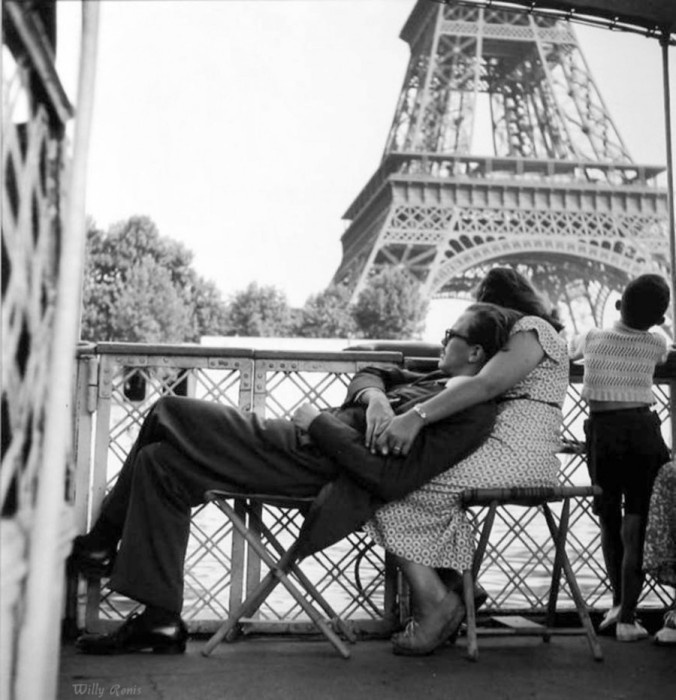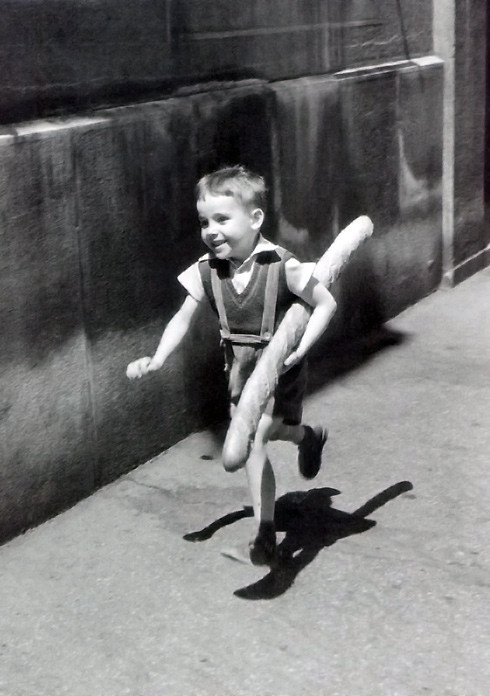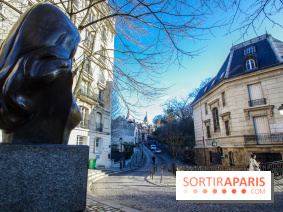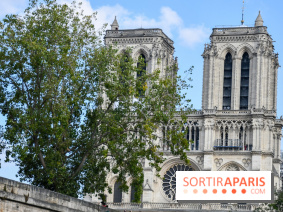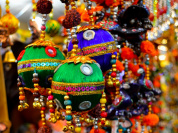On August 14, 1910, one of the most illustrious photographers of Paris and its inhabitants was born in the capital's 9th arrondissement.
Born into a family of music lovers, to a Lithuanian Jewish pianist mother who had fled the pogroms of the Russian Empire, and a Jewish father who had emigrated from the Ukraine and worked as a retoucher in photography, Willy Ronis was born on August 14, 1910 at the foot of the Butte Montmartre. For his 15th birthday, his father gave him his first camera, even though little Willy still wanted to become a music composer.
A seminal act in the life of Willy Ronis, he began to roam the streets of Paris, capturing moments in the lives of Parisians on film , with a particular interest in the work of Brassaï, Pierre Boucher and Rogi André.
On his return from military service, Willy Ronis became interested in politics and social struggles, just as the Front Populaire won the 1936 legislative elections. He passionately followed workers' demonstrations, taking striking photos for the magazine Regards.
His enthusiasm for the working class remained with him throughout his life, documenting strikes at the Citroën factories on the Quai de Javel in 1938 - from which he drew the famous portrait of trade unionist Rose Zehner - as well as those at the Saint-Étienne mines in 1948, and at Renault in Billancourt in 1950. At the same time, he joined theAssociation des écrivains et artistes révolutionnaires (Association of Revolutionary Writers and Artists ) with his friend, the photographer Henri Cartier-Bresson, before joining the French Communist Party in 1945.
After the death of his father in 1935 and the sale of his father's photo studio, Willy Ronis turned to photojournalism, beginning with commissions for the SNCF and the Commissariat au Tourisme. But the arrival in power of the Vichy regime in 1940 forced him to flee the capital. Refusing to be categorized as a Jew and to wear the yellow star, Willy Ronis crossed the demarcation line clandestinely and went into hiding in the Free Zone, in Nice, Cannes and then the Vaucluse.
Once the war was over, he joinedAgence Rapho and the great photographers of the time, led by Brassaï and Doisneau, and traveled throughout Europe on a series of assignments, collaborating with a number of magazines, including the American Life. But like the Rapho agency, which he left in 1955, Willy Ronis put an end to his collaboration with Life, refusing to see his photographic work retouched and stripped of its original meaning.
Throughout his career as a photographer, this lover of Paris and spearhead of the humanist trend in post-war photography preferred to take snapshots in the moment, without staging, betting on chance, uncertainty and the coincidences of life.
In Paris, the working-class neighborhoods of Belleville and Ménilmontant captured much of his most poetic and tender work, paying particular attention to scenes of everyday Parisian life, young and old, caught on the spot, and moments of popular jubilation .
Stricken with arthritis, Willy Ronis gave up photography in 2002 and died, almost a hundred years old, on September 12, 2009 in his beloved Paris.
Location
Montmartre
Montmartre
75018 Paris 18
More information
Photographs: Les amoureux de la Bastille, Paris, 1957 Le bateau-mouche, Paris, 1949 Le petit parisien, Paris, 1952 © Ministère de la Culture - Médiathèque de l'architecture et du patrimoine, dist. RMN-GP, donation Willy Ronis
